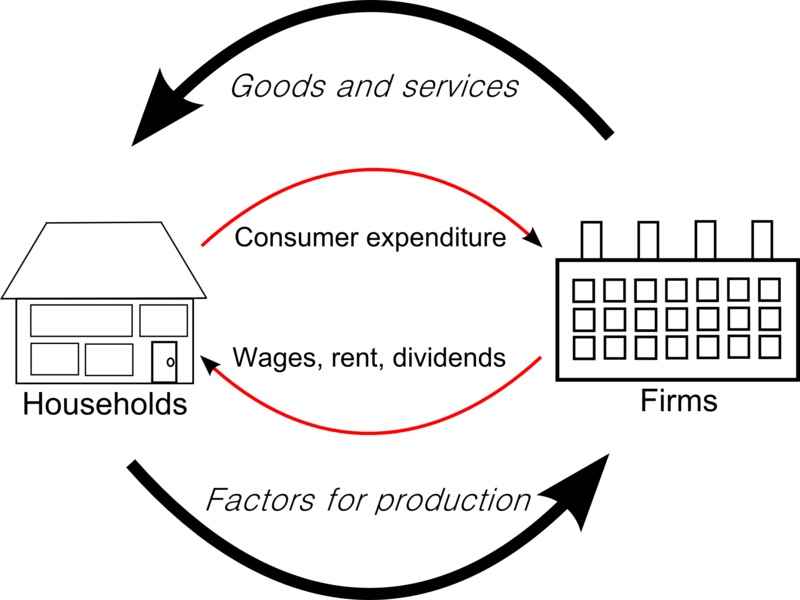The California Energy Commission, in all their wisdom, have decided that the best way to encourage energy conservation is through imposing compulsory energy efficiency standards on TVs – in other words they are banning what they deem to be ‘energy inefficient’ TVs. They are the first state in the US to implement such a measure.
The aim of the intervention is to reduce electricity demand and hence avoid the need to build new power plants to meet this demand. In this sense, the Commission perceive the building of power plants to be a negative externality, presumably as the cost of building is reflected in the per-unit price of electricity for all users.
I take issue with this ‘externality’. For example, if a lot of consumers suddenly started demanding ‘Thierry Henry is God’ t-shirts, such that the price increased, should I feel aggrieved that the action of others is affecting the price I must pay for such a worthy product? No, that is how the market works.
Putting aside my scepticism, let’s assumes that the externality is a genuine one. What might be a superior way of discouraging consumption?
Bans are a blunt tool. From an economic efficiency perspective, you should first try and use prices to incentivise behaviour. High demand for electricity is only ever a problem over relatively short periods. For example, in New Zealand the peaks occur on weekdays in the morning as people wake up and in the evenings as people go home. In hotter climates, the peak typically occurs at the hottest part of the day as air-con works its magic. Hence one might try to charge higher prices at times of high demand to discourage consumption (and hence avoid the need to invest in new power plants). There are electricity meters that are capable of facilitating such differentiated pricing and indeed they are being rolled out in California as we blog.
Under the differentiated pricing scenario, consumers are paying the ‘true’ cost of electricity, so even if they continue to consume at high levels, one should be indifferent to building a new power station as the externality has been internalised.
The obvious perverse incentive that arises from the ban is that consumers will simply purchase their televisions out of state, knowing that they can get a better range of TVs to better suit their individual needs at more cost-effective prices.
It is far more preferable to keep consumer choice open and simply make consumers fully pay for their choice through efficient pricing (assuming that an externality exists in the first instance).

